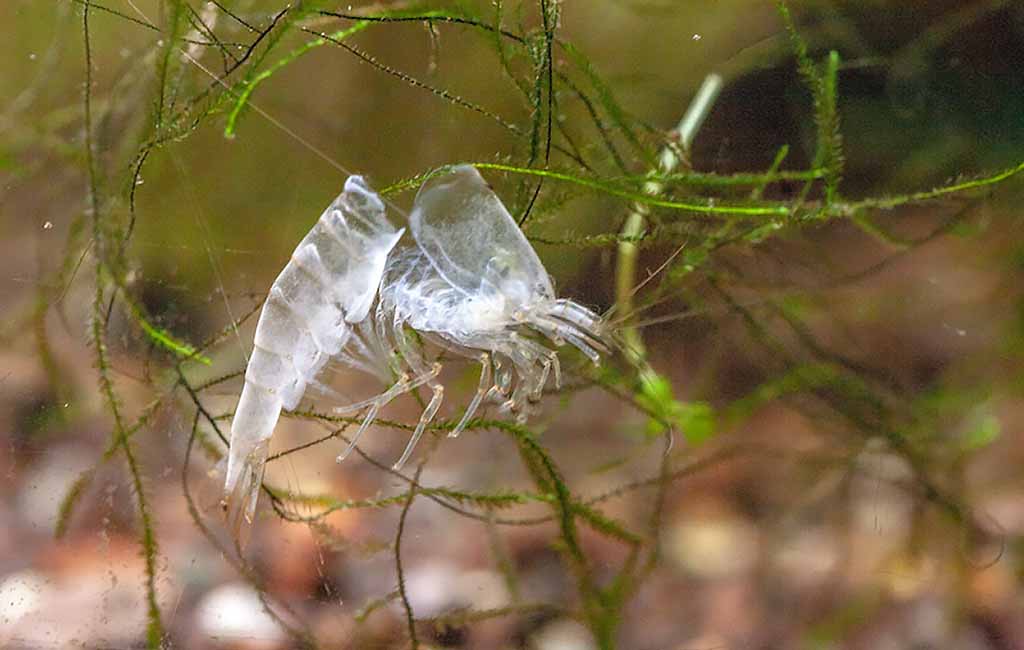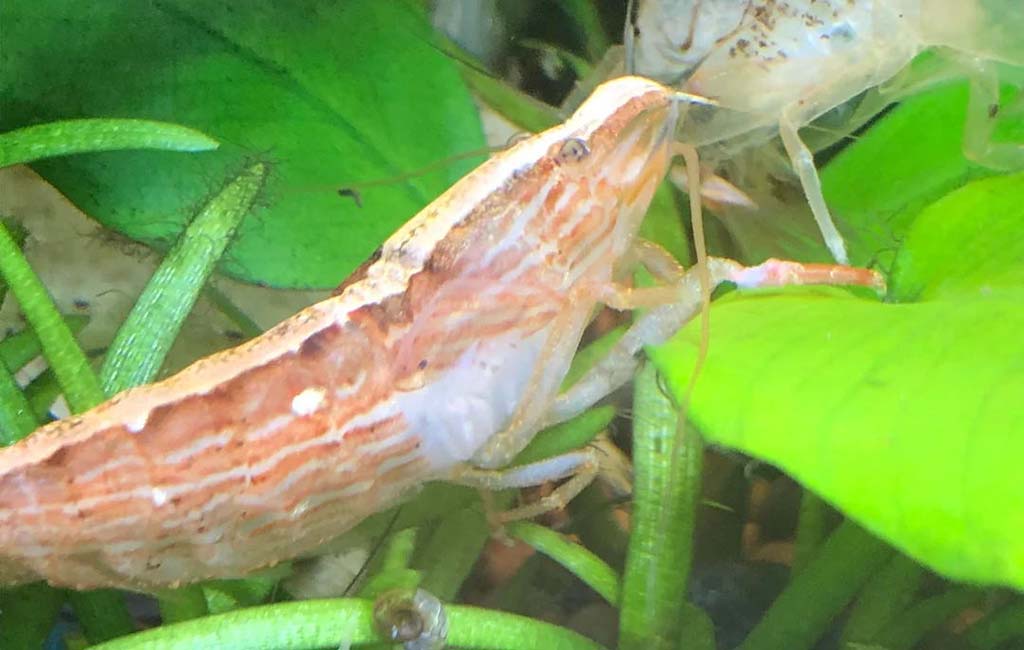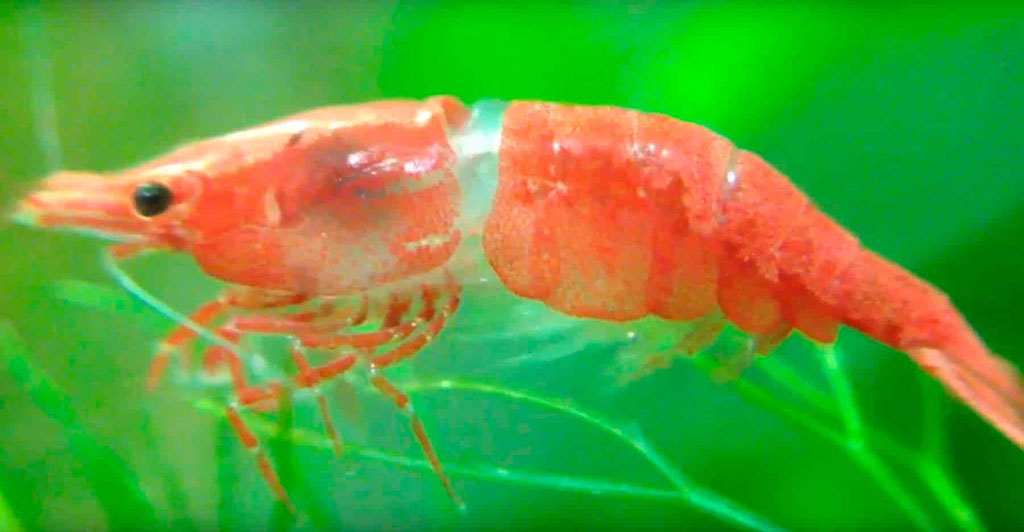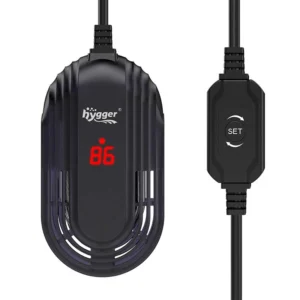Shrimp molting is an interesting procedure. In this procedure, they shred their existing exoskeleton to replace it with a new and larger shell. During this, shrimps become highly vulnerable. They require extra care. In the following, you will learn how to take care when shrimp are molting. Moreover, some interesting facts, such as the duration and why they molt, are worth knowing. All of this is in the following.
Content Table

shrimp molting
Why Shrimp Molting?
Molting is a necessary part of life in shrimps. In the procedure, they shed their old exoskeleton and regenerate a bigger one. The new exoskeleton covers their expanding body.
Sometimes, shrimps lose some of their body parts or suffer huge damage. Molting helps to regenerate their lost body part. In some shrimp species, molting is related to mating. Females can mate with males after shedding their exoskeleton.
How is Shrimp Molting?
Usually, shrimp molting consists of three stages. Pre-molt, molt, and post-molting stages. Here is the detail.
Pre-Molting Stage
This stage consists of two aspects.
- They absorb a large amount. This absorbed water helps to loosen their existing exoskeleton.
- Underneath the molted exoskeleton, they begin forming a new exoskeleton, i.e., according to their new body.
Molting Stage
Shrimps start molting from the weakest point, i.e., start from near the back of the head. Once they crack the weak point, the rest of the procedure is quite easy. They gradually wiggle out of the old and smaller shell.
Post-Molting Stage
After molting, they are exposed to the water conditions and other vulnerabilities. It takes hours to days to mature the new shell. They do it by absorbing the minerals from the water.
How Often Do Shrimp Molt?
Young shrimps experience more frequent molting than the adults. They do so due to their rapid growth rate. Here is the usual molting frequency of shrimps in the tank.
Adult Shrimps
Adult shrimps molt after every 3 to 4 weeks in a tank.
Juvenile Shrimps
Juveniles are in their constant growth stage. They molt every 1 to 2 weeks.
Factors Affecting the Molting
- The water parameters influence the molting. Optimal parameters cause frequent molts as compared to less optimal parameters.
- Molting frequency is associated with the species.

how often do shrimp molt
How Long Should Shrimp Stay Lethargic After a Female Molt?
How Long Does the Shrimp Take To Molt?
Molting takes time. Pre-molting periods last from hours to days. It depends on several parameters. The molting stage ranges from minutes to hours. The pre-molting stage takes several days.
How Long Does It Take To Regain Vitality?
Female shrimps become lethargic after molting. They take their time to fully recover, i.e., 24–48 hours for full recovery. They gradually begin eating and moving around the tank. If they take more than 48 hours, it’s concerning.
Precautions for Aquarium Shrimp Molting
Molting is an extremely sensitive procedure. It requires several precautions in the tank. Here are some of them.
Hiding Spot
Grow plants, i.e., Java moss, Java fern, Anubias, etc., plant caves, and introduce decorations in the tank. These things will help to hide them from vulnerabilities, as they are extremely fragile after molting.
Optimal Water Parameters
Water parameters play a vital role in molting and recovery. Therefore, make them up to the mark. Here are the usual water parameters for the molting shrimp tank.
| Parameter | Value |
| Temperature | 68–72 |
| pH | 6.5–8.5 |
| GH | At least 6 |
| KH | Moderate Value |
Avoid Sudden Water Changes
Sudden water change can cause harm to the molting shrimps. Do it gradually, i.e., a maximum of 20% water change at a time.
Proper Nutrition
They require high mineral quality for full recovery. Add calcium and other minerals to the tank for exoskeleton hardening. You can add it in the form of cuttlefish bone, mineral rocks, shrimp-specific foods, etc. Feed them on a vitamin and protein-rich diet. It’ll help to speed recovery.
Tank Mates
They are lethargic. Therefore, avoid keeping them with aggressive tank mates, e.g., bettas, goldfish, and cichlids. Snails and nano fish prove better and more friendly tank mates.
Don’t Remove Molted Shells
Shells are rich in calcium and other minerals. Shrimps eat the shredded shell to fulfill their nutrient and mineral requirements. Leave it for one or two days.

Facts about shrimp molting
Interesting Facts About Shrimp Molting
- Molting is essential to fulfill their growth. They remove the small and old shell and replace it with a large and new shell to support their size.
- Smaller shrimps molt more frequently than larger or adult shrimps. They do so to sync with the continually growing body.
- They absorb water into their bodies. Then they split it from pre-determined marked lines. After splitting, they slowly wriggle out from the old shell.
- They develop a soft exoskeleton under the old shell before molting.
- Shrimps are highly vulnerable to predators after molting. Therefore, they molt under thick plant leaves.
- After molting, they hide themselves until the new shell becomes hard.
- In big shrimp tanks with no ample hiding spots, some large shrimp species can cannibalize the smaller molting species.
- They reduce activity, a milky appearance becomes visible on their shell, and hiding behavior is a post-molting sign.
- Poor water quality can cause complications and hinder the molting process.
- Molting is a regeneration process. With this process, they can replace the lost body parts.
- Shrimps control the entire process with hormones, i.e., ecdysteroids. This hormone ensures that everything, i.e., molting stages and timing, is fine.
- Shrimps eat the shredded shell, which is rich in minerals and nutrients and helps to harden the new shell rapidly.
The Bottom Part
Shrimp molting is a natural process. It happens after 1 to 2 weeks in juveniles. This duration extends to 2 to 4 weeks among adults. They shed their old shell and regain a new one. They become lethargic after molting. This period usually takes 24 to 48 hours. Feed them well and provide ample hiding space in the tank for safe recovery.


Leave a comment